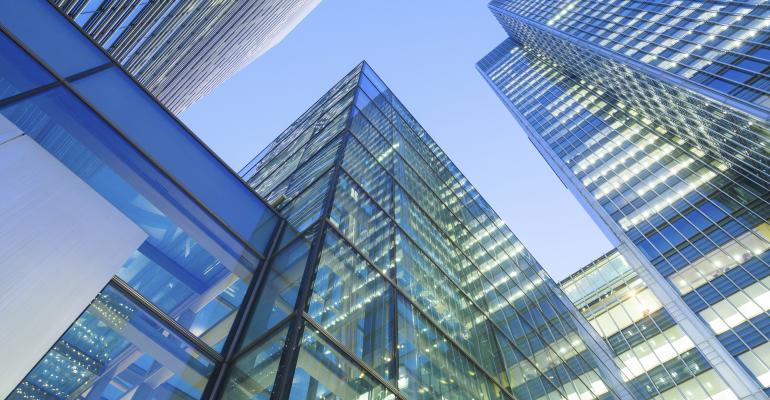Office occupancy and absorption rates both remained high in the third quarter, as job growth continued to improve and companies took more risks on new leases, according to experts.
Real estate services firms JLL and CBRE claim in recently released reports that a steady demand for space and limited new construction are supporting healthy fundamentals in the office market. In its third quarter “First Look” report, JLL noted that national vacancy has fallen to 14.5 percent, down 10 basis points from the second quarter. The report by CBRE estimates the vacancy rate at 13.1 percent.
While more than 12 million sq. ft. of new space was added to the existing 105-million-sq.-ft. construction pipeline in the third quarter, absorption is keeping up the pace, according to Julia Georgules, vice president of research with JLL. A total of 12.7 million sq. ft. of office space was delivered in the third quarter, but more than 12.8 million sq. ft. of space was absorbed.
Almost half of all leases totaling more than 20,000 sq. ft. during the quarter have been company expansions, Georgules says.
“There was some concern and caution expressed by a lot of companies earlier in the year, but now we’re seeing tenants actively expanding, even going into new markets,” she notes. “It’s a testament to the stability of the economy.”
The amount of new, speculative office construction is quite high considering it’s been only a few years after a major recession, and the fact that much of it is being absorbed with no problems is surprising some experts. Overall, the nation is now experiencing a pre-lease rate of more than 50 percent, Georgules says.
Nashville, Tenn., for example, currently has the country’s lowest vacancy rate at 4.6 percent. There are about 4 million sq. ft. of office space in the construction pipeline for the city, with about 70 percent of it pre-leased, she notes.
Demand for office space in the suburbs is also picking up, according to Jeffrey Havsy, chief economist for CBRE. CBRE’s report shows that the suburbs, where the office vacancy has dropped to 14.3 percent, have outperformed central business districts (CBDs) in occupancy for the past four quarters. Mid-sized markets including Nashville, Cincinnati, Tucson, Ariz., Raleigh, N.C., St. Louis and Tampa, Fla. have seen sharp declines in vacancy, Havsy says.
“Despite their rumored demise, the suburbs continue to perform soundly,” Havsy notes. “This is especially true of those locations that offer a live, work, play dynamic and have good transportation access. The suburbs have been painted with a negative brushstroke, but that labeling masks the diversity among the various submarkets.”
There is a sunset on the horizon, however, as landlord leverage on office leases is expected to peak by early 2018, Georgules says. JLL predicts that more than 80 percent of the top office markets will slow down to a neutral growth pattern due to more than 50 million sq. ft. of new space being delivered by next year. Markets where new construction currently totals more than 2 million sq. ft., including New York City, Chicago, Seattle, San Francisco and Washington, D.C., may be the first to experience the slowdown in growth, she says.
“I don’t think we’re at the peak of vacancy yet, I think we’ll edge down at least another 10 basis points,” she says. “There’s a lot of spec planned. We’re going to see vacancy start to creep upward where the development pipelines are the largest, and also rents should flatten next year. I don’t see rent growth going into 2018.”

